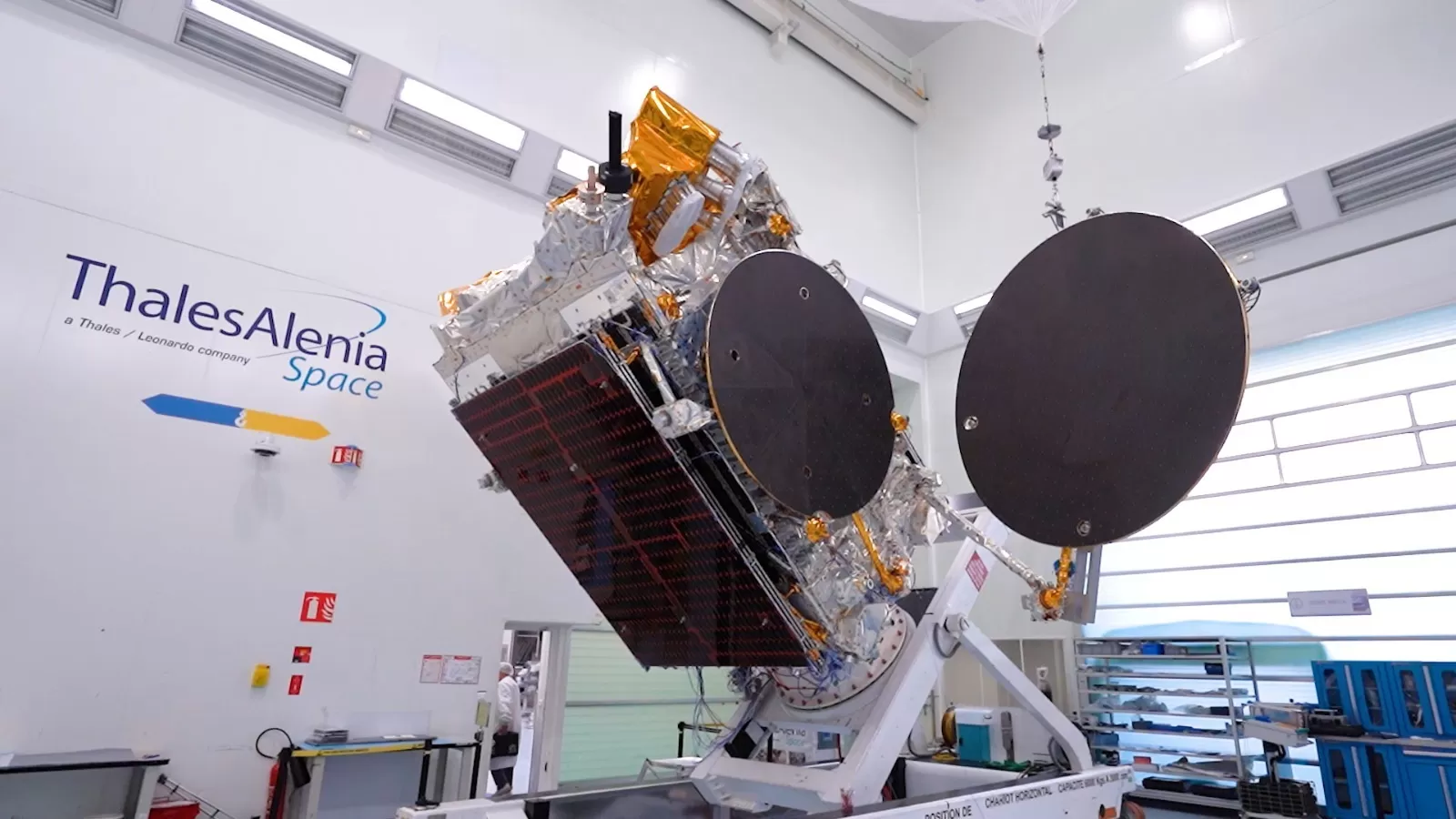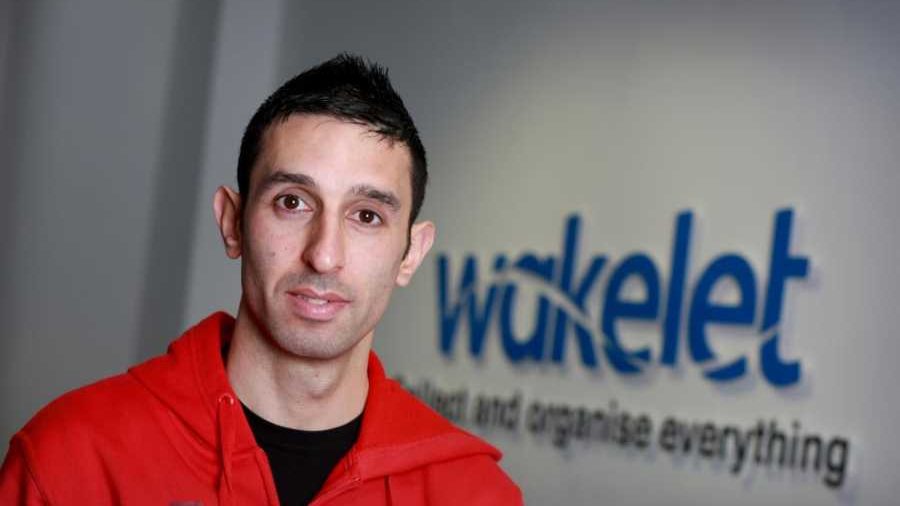Introduction to Frekuensi Telkom
Frekuensi Telkom is an essential term for anyone interested in telecommunications within Indonesia, as it refers to the specific frequencies allocated by the state-owned enterprise Telkom Indonesia for various broadcasting and communication services. The concept of frequencies in telecommunications isn’t unique to Telkom, yet its specific allocations and regulations play a unique role in connecting millions across Indonesia.

As technology advances, the frequency bands used for communication adapt and change, allowing for better service, faster speeds, and improved reliability. In this article, we’ll dive into the frequencies allocated by Telkom Indonesia, their uses, how they’ve evolved over the years, and what that means for users across the nation.
Telecommunications enthusiasts, businesses, and everyday consumers rely on this information to understand how these frequencies impact their connectivity experience. This guide will clarify everything about Frekuensi Telkom, including current frequency details, important updates, technical specifications, and future trends.
Understanding the Basics of Frekuensi Telkom
Frekuensi Telkom essentially refers to the radio frequencies assigned to Telkom Indonesia for different communication purposes, including satellite, internet, and other telecommunications services. These frequencies act as pathways, allowing signals to travel between devices and deliver data or voice communication services. Without these frequencies, the seamless connectivity we rely on wouldn’t be possible.
- Types of Frequencies in Telecommunications
Frequencies are the backbone of telecommunications. These are typically categorized based on the range in which they operate. From low-frequency bands used for AM radio to high-frequency bands essential for satellite communication, each serves a unique purpose. Telkom Indonesia uses a range of frequencies that are designated by international and national regulations to ensure they are efficiently utilized without interference. - Why Frequency Matters in Telecommunications
In telecommunications, frequency allocation is crucial for avoiding interference, optimizing bandwidth, and ensuring clear and reliable communication. The specific frequencies used can also impact the quality of service, as higher frequencies can often carry more data but have shorter range and lower penetration through physical barriers. This trade-off makes the strategic allocation of frequency bands essential. - Frekuensi Telkom: A National Asset
For Indonesia, Frekuensi Telkom is more than just a telecommunications resource. It’s a national asset regulated by the Ministry of Communications and Informatics (Kemenkominfo) to serve the public interest. These frequencies support essential services such as broadcasting, internet, and mobile networks, making it a key resource for national infrastructure.
Breakdown of Frequency Bands Used by Telkom Indonesia
Telkom Indonesia, as the largest telecommunication provider in the country, uses various frequency bands for its services. Understanding these bands can give us insight into how each one contributes to different types of communication services.
- C-Band Frequencies
The C-band, ranging from 4 to 8 GHz, is one of the most commonly used frequency bands in satellite communication. Telkom Indonesia utilizes this band, particularly for satellite services, due to its ability to provide reliable connections over long distances and withstand weather interference, which is critical for a tropical country like Indonesia where rain attenuation can be a challenge. - Ku-Band Frequencies
The Ku-band, typically operating from 12 to 18 GHz, is also used for satellite communication but is more commonly associated with direct-to-home (DTH) broadcasting and internet services. This band has become increasingly popular because it allows for smaller satellite dishes and can provide higher data throughput, although it’s more susceptible to weather disruptions than C-band. - Ka-Band Frequencies
The Ka-band, ranging from 26 to 40 GHz, represents a more recent evolution in satellite communication. Known for its high capacity, the Ka-band can deliver extremely high-speed internet but is sensitive to weather conditions, particularly rain. Telkom Indonesia is gradually integrating this frequency for high-bandwidth applications, especially where traditional fiber-optic infrastructure is limited.
Evolution of Frekuensi Telkom Over the Years
As technology and consumer needs evolve, so do the frequencies that support telecommunications. Frekuensi Telkom has seen various adaptations over the decades to support new technologies and meet the growing demands of users across Indonesia.
- Early Beginnings: AM and FM Radio Frequencies
The origins of telecommunication frequencies in Indonesia trace back to the early days of radio, with AM and FM frequencies being allocated for public broadcasting. Although Telkom Indonesia wasn’t directly involved in these early allocations, this period set the foundation for how frequencies were regulated in the country. - Introduction of Satellite Communication
Satellite communication became a cornerstone for Telkom with the launch of its Telkom satellites, beginning with the Palapa satellite series. These satellites allowed Telkom to provide nationwide coverage, bridging Indonesia’s vast archipelago and making communication accessible in remote areas. - Modern Day Frequency Management
Today, Frekuensi Telkom is highly regulated and continuously optimized to meet the demands of modern communication services, including 4G and 5G technologies. With the need for higher data speeds and lower latency, Telkom and regulatory bodies have had to carefully allocate frequencies to maximize efficiency and reduce interference.
How Frequencies Impact Telkom Indonesia’s Services
Understanding the specific impact of Frekuensi Telkom on the services Telkom provides can give users a better idea of what to expect in terms of service quality, speed, and reliability. Each type of service—whether it’s satellite TV, mobile internet, or home broadband—relies on different frequency bands to ensure optimal performance.
- Satellite TV and Broadcasting
Telkom Indonesia’s satellite television and broadcasting services depend heavily on both C-band and Ku-band frequencies. The C-band is preferred in areas with heavy rainfall, as it provides better resistance to weather interference, whereas Ku-band frequencies are more efficient for densely populated urban areas where smaller dishes are practical. - Mobile Communication
Mobile communication services, particularly 4G and 5G, utilize a mix of frequency bands that balance speed and coverage. Telkomsel, a subsidiary of Telkom Indonesia, uses a range of frequencies, including the 900 MHz and 1800 MHz bands, to provide robust mobile internet across different regions. With the rollout of 5G, higher frequencies are being tested to support ultra-high-speed connectivity in cities. - Home Broadband and Fiber Optic Internet
Home broadband and fiber optic services offered by Telkom Indonesia, such as IndiHome, rely on fixed-line infrastructure but are influenced by frequency allocation on the backend. Frequencies ensure that data can be routed effectively, reducing latency and enhancing stability, which is particularly important for urban areas with high data traffic.
Future of Frekuensi Telkom: Trends and Innovations
The future of Frekuensi Telkom is likely to be shaped by the same trends influencing global telecommunications—higher data demand, advanced network technologies, and a shift toward more efficient frequency use.
- The 5G Revolution
With the increasing rollout of 5G technology, Telkom Indonesia is preparing to allocate and utilize higher frequencies, especially in the millimeter-wave range. These high-frequency bands can provide ultra-fast internet speeds but require closer proximity between towers and users, leading to denser infrastructure in urban areas. - Satellite Advancements
The development of newer satellite technologies, such as High Throughput Satellites (HTS) and Very High Throughput Satellites (VHTS), means that Frekuensi Telkom will likely see even more reliance on Ku-band and Ka-band frequencies. These advanced satellites offer significantly higher bandwidth, which can be crucial for Indonesia’s remote islands that are still outside of fiber coverage. - Frequency Reallocation and Efficiency
As technology advances, there is often a need to reallocate frequencies to better serve current needs. Telkom and regulatory bodies in Indonesia will need to assess how older frequency bands might be repurposed for modern technologies, ensuring efficient spectrum use as new communication needs emerge.
How Frekuensi Telkom Impacts Everyday Users in Indonesia
To the average user, the technicalities of Frekuensi Telkom might seem distant, yet they affect every aspect of daily communication—from the reliability of mobile networks to the clarity of satellite TV and the speed of internet services.
- Impact on Internet Speeds
Frequencies play a direct role in determining internet speeds. Higher frequencies generally allow for faster data transmission, which benefits internet users who rely on high-speed connections for streaming, gaming, and working from home. Telkom Indonesia’s efficient use of frequencies ensures users can access stable and high-speed internet across most of the country. - Availability of Services in Remote Areas
In a geographically diverse country like Indonesia, the availability of communication services in remote areas is essential. Frequencies allocated for satellite communication, particularly in the C-band, allow Telkom Indonesia to reach users in distant regions where traditional wired infrastructure is not feasible. - Quality and Reliability of Mobile Communication
For mobile users, frequency allocation impacts call quality, data speeds, and network reliability. Telkomsel’s strategic use of frequencies enables stable connections across various terrains, ensuring that users in both urban and rural areas can stay connected without frequent dropouts or quality issues.
Challenges in Managing Frekuensi Telkom
Managing frequencies in a country as large and diverse as Indonesia presents unique challenges. Balancing the need for modern communication with regulatory requirements and environmental factors requires careful planning.
- Regulatory Compliance and Spectrum Allocation
Telkom Indonesia must operate within the regulatory framework set by Kemenkominfo, which includes restrictions and allocations that might sometimes limit flexibility. Regulatory compliance ensures that frequencies are used in a way.













Leave a Reply